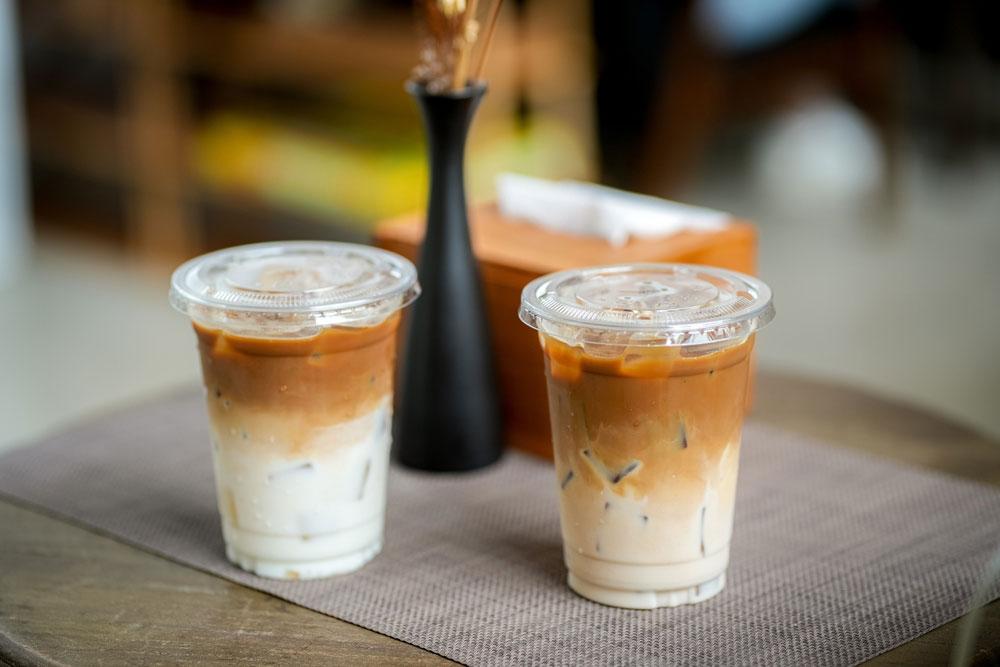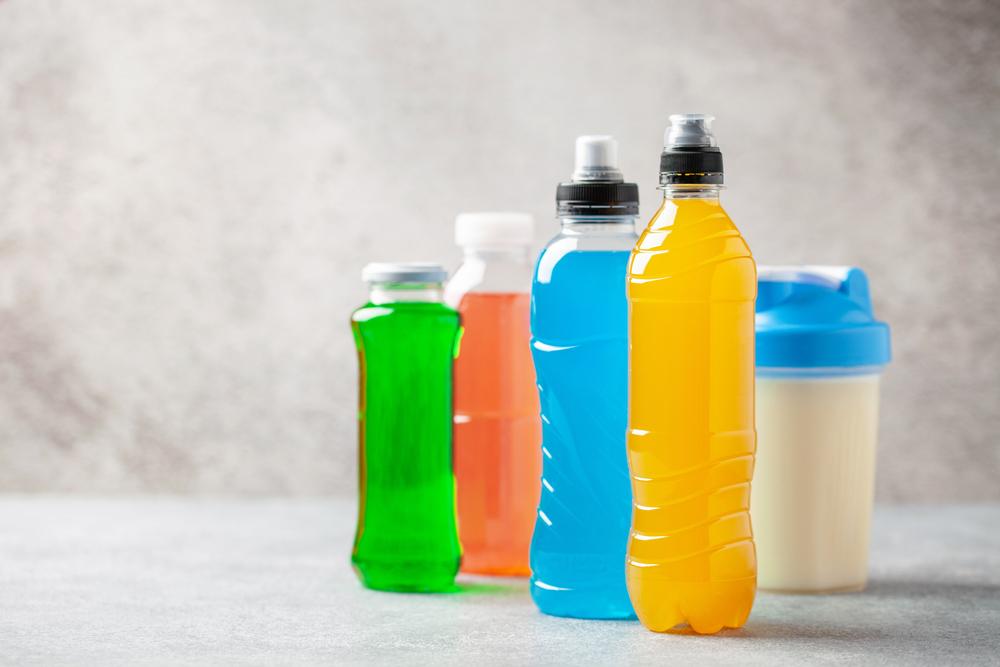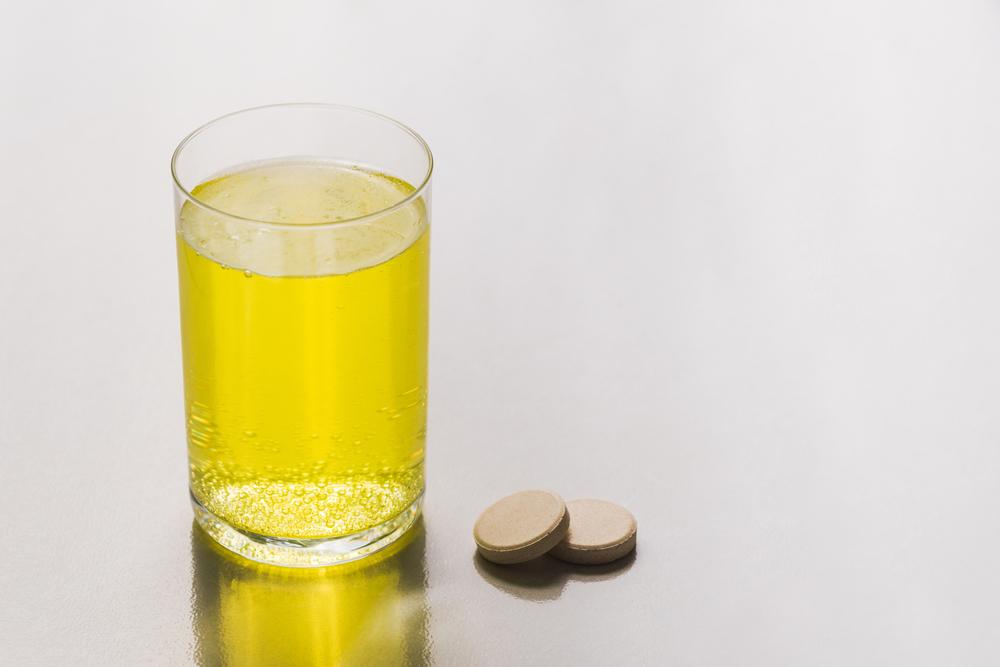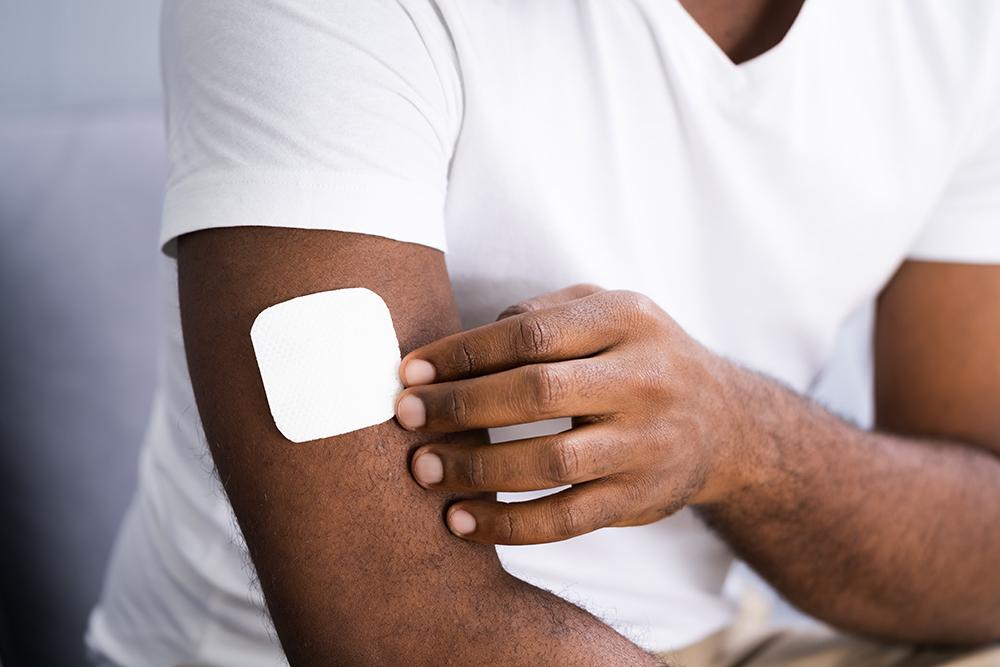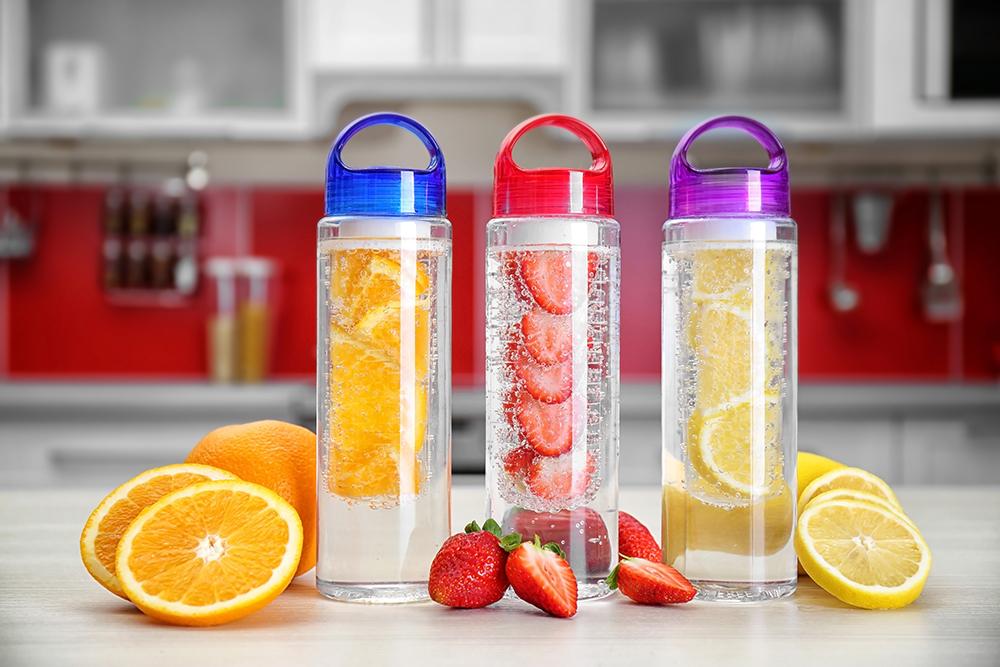 Flavored water might seem like a simple, healthy choice to pick when compared to soda, juice, and carbohydrate-loaded sports drinks. But flavored water, which shouldn’t be confused with sparkling water, carbonated water, or water with fruit essence, from your local convenience store or made from a powder at home might not be the healthiest pick for your young athlete.
Flavored water might seem like a simple, healthy choice to pick when compared to soda, juice, and carbohydrate-loaded sports drinks. But flavored water, which shouldn’t be confused with sparkling water, carbonated water, or water with fruit essence, from your local convenience store or made from a powder at home might not be the healthiest pick for your young athlete.
TrueSport Expert Kristen Ziesmer, a registered dietitian and board-certified specialist in sports dietetics, explains what you need to know to pick or make a flavored water that’s healthier for your athlete.
Don’t: Fall for fake sugar
Fake sugar is significantly sweeter than regular sugar, so it can actually make regular sugar start tasting less sweet in comparison, which can be bad news for young athletes who love sweet treats, warns Ziesmer. “Because artificial sweeteners are significantly sweeter than the real stuff, it actually makes you crave real sugar more,” she says. “Sucralose has also been shown to lower the number of healthy bacteria in your gut, which is not good from a digestive standpoint.”
Do: Read the label critically
Beyond fake sugars, you should be on the lookout for chemical preservatives and artificial flavoring and coloring, says Ziesmer. While most of these add-ins likely won’t be harmful for your young athlete, it’s better to encourage a whole and real-food approach to nutrition rather than reaching for artificial flavoring.
“There’s no true definition around the word natural in food and drink manufacturing. You can’t just read the front of the package and assume the best. You always have to look at the back of the package and look at the ingredients to see what’s in there,” she adds. “For example, even though Stevia comes from a plant, it’s usually cut with something else to make it mix better, but that isn’t mentioned on the front of the package.”
Don’t: Assume it’s better than fruit juice
Flavor-enhanced water isn’t automatically zero or low-calorie water: “Sometimes there will be brown rice syrup or other different types of ‘natural’ sugars, at which point your athlete might as well just have fruit juice because then at least they’re getting some vitamins and minerals,” Ziesmer says.
Depending on the situation, you might be better off giving your child straight or diluted fruit juice instead of that flavor-enhanced water, she adds. If your athlete is hydrating before or during practice, for instance, they might benefit from the added calories and sugar in a mix of half water, half juice.
Do: Make it yourself
Save money and stress over ingredients by simply making flavored water at home. “I love using actual cut up fruit in my water,” says Ziesmer. “There are even water bottles with a core where you can stick the fruit in, so it’s really easy to do. Or you can use a little packet of dehydrated citrus fruit like lemon, lime, or grapefruit sprinkled in your water. Those are much better options compared to buying a bottle of water packed with chemicals.”
In the summer, flavor-infused ice cubes are another simple way to cool down a water bottle while adding fun flavors, so consider making a tray of ice with a few drops of lemon or lime juice (or another flavor) in each cube.
Lastly, if you want to make it even more interesting, consider investing in a Soda Stream to add fizz to your water. Making your own blends at home is also eco-friendly, since you’ll skip single-use bottles and extra packaging!
______________________________________
Takeaway
While the name water implies that a product is healthy, the reality is that flavored water is often more than it appears due to fake sugars and artificial ingredients. It’s important to do you due diligence when evaluating products, and sometimes, making your own flavored water might be the best option.
